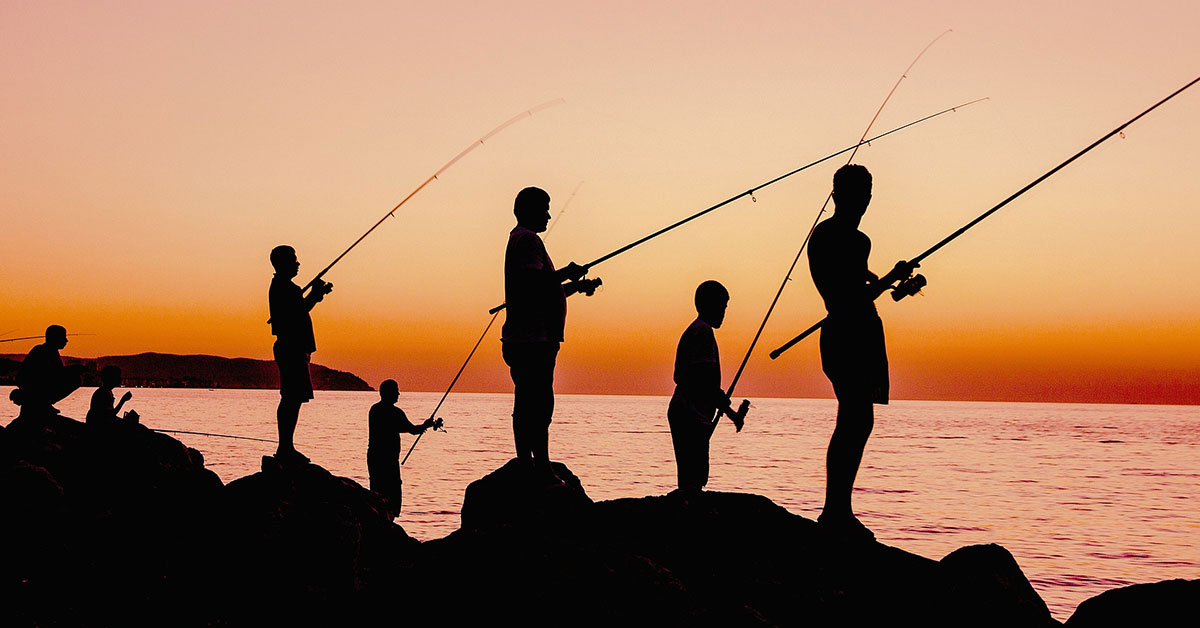Bait fishing is a popular and effective way to catch a wide variety of fish species. Whether you’re an experienced angler or just getting started, using the right bait and techniques can help you maximize your chances of success. In this article, we’ll cover the art of fishing and provide tips and techniques to help you catch more fish.
I. Introduction
Bait fishing is one of the most popular methods of fishing in the world. It involves using a baited hook or lure to attract fish, with the goal of catching them on the line. One of the biggest benefits of bait fishing is that it can be used to catch a wide variety of fish species, including freshwater and saltwater fish. In this article, we’ll cover the art of bait fishing and provide tips and techniques to help you maximize your chances of success.
II. The Different Types of Bait
There are several different types of bait that can be used for fishing. Live bait, such as worms or minnows, is a popular choice for many anglers. Live bait is effective because it can mimic the natural movement and scent of the fish’s prey. Artificial bait, such as lures or soft plastics, can also be effective. These baits come in a variety of colors, shapes, and sizes, and can be used to imitate different types of prey. Finally, cut bait, which is pieces of fish or other prey, can also be used. Cut bait can be effective because it releases scent into the water, which can attract fish from a distance.
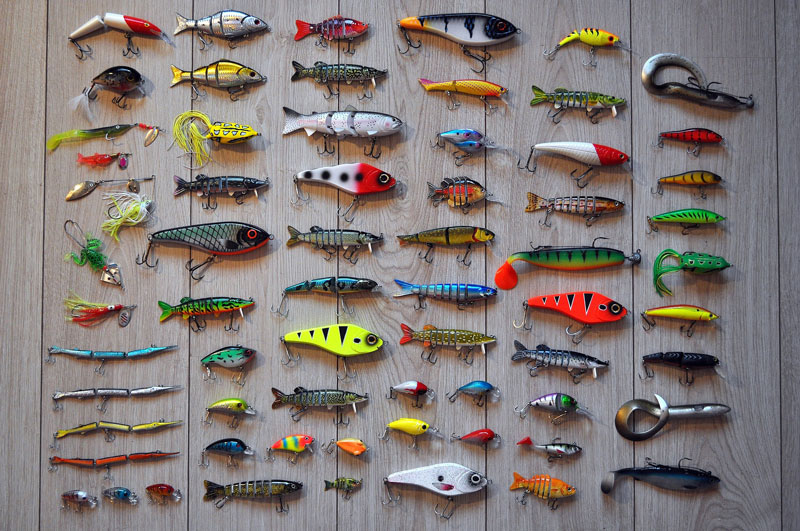
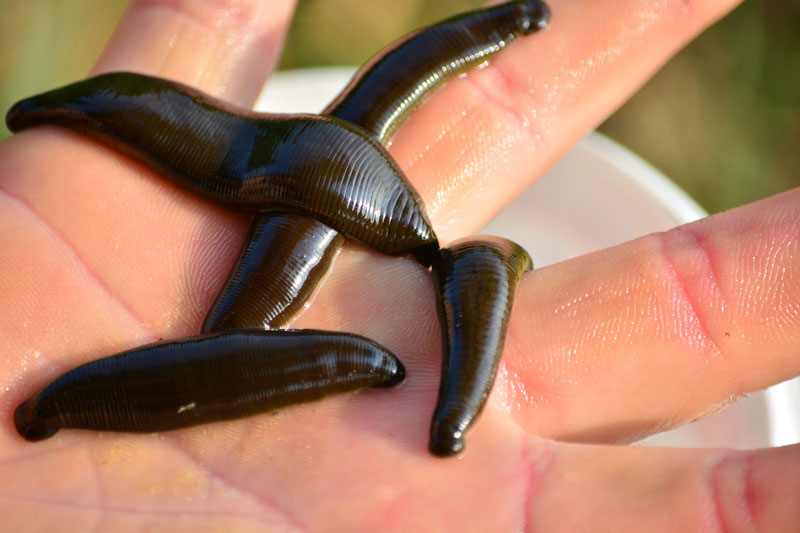
When choosing your bait, it’s important to consider the type of fish you’re targeting. Different fish species are attracted to different types of bait. For example, some fish may prefer live bait, while others may be more attracted to artificial lures. It’s also important to consider the water conditions and the time of year. During certain seasons, certain types of bait may be more effective than others.
III. Choosing the Right Tackle
When it comes to bait fishing, choosing the right tackle is essential. Your tackle should be matched to the type of fish you’re targeting and the type of bait you’re using. Fishing rods and reels come in a variety of sizes and strengths, so it’s important to choose the right one for the job. For example, if you’re targeting larger fish, you may need a heavier rod and reel to handle the weight and power of the fish.
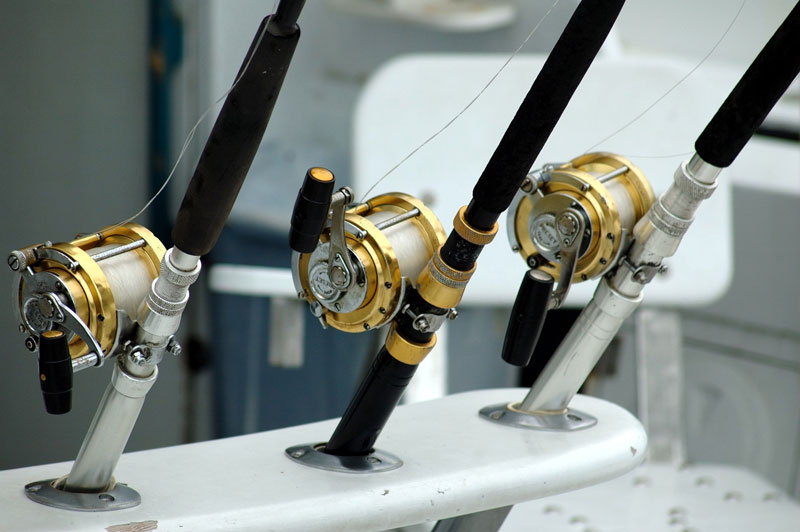
It’s also important to take care of your tackle to ensure that it lasts for many fishing trips to come. Regular maintenance, such as cleaning and lubricating your reel, can help extend the life of your equipment.
IV. Setting Up Your Rig
Once you’ve chosen your bait and tackle, it’s time to set up your rig. There are many different types of rigs that can be used for bait fishing, depending on the type of fish and water conditions. For example, a Carolina rig is a popular choice for fishing in freshwater lakes or rivers, while a surf rig may be used for saltwater fishing.
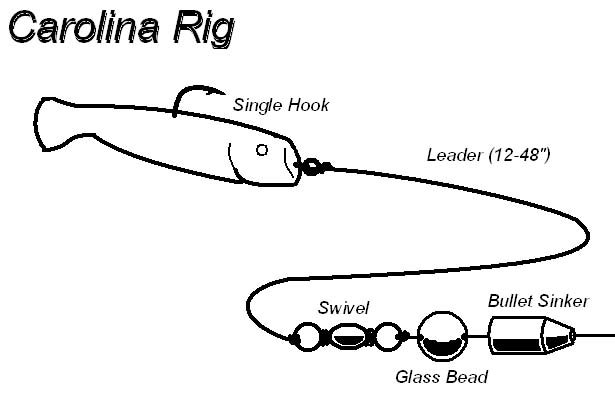
When setting up your rig, it’s important to tie your knots properly and securely. The type of knot you use will depend on the type of rig you’re using and the type of bait you’re using. Once your rig is set up, it’s important to adjust it for the water conditions and the type of fish you’re targeting. For example, you may need to adjust the weight of your sinker depending on the depth of the water and the current
V. Finding and Attracting Fish
Finding and attracting fish is a key part of successful bait fishing. One way to locate areas with high fish activity is to look for areas with structure, such as underwater rocks, logs, or weeds. These areas can provide shelter for fish and attract prey.
Another way to find fish is to look for changes in the water, such as temperature or clarity. Some fish species are more active in cooler water, while others may prefer warmer water. If the water is murky or stained, fish may be more likely to be closer to the surface, while clearer water may require you to fish deeper.
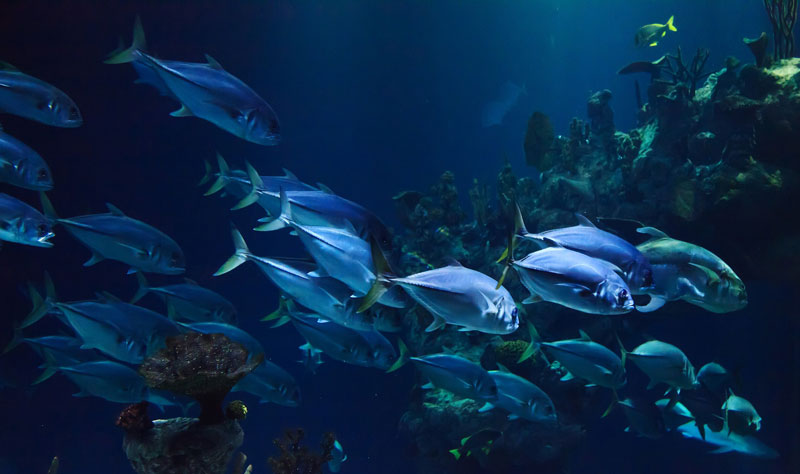
Once you’ve found a promising spot, it’s important to use the right techniques to attract fish. One technique is to use a slow and steady retrieve with your bait or lure. This can mimic the natural movement of prey and make your bait more attractive to fish. Another technique is to use a jerking motion with your bait, which can create a more erratic movement that can trigger a fish’s predatory instincts.
VI. The Importance of Patience
Patience is key when it comes to bait fishing. While it can be tempting to constantly move your bait or lure around, it’s important to give fish enough time to find and take the bait. Depending on the species of fish and the conditions, it may take anywhere from a few seconds to several minutes for a fish to take the bait. By staying patient and letting the bait sit, you can increase your chances of success.
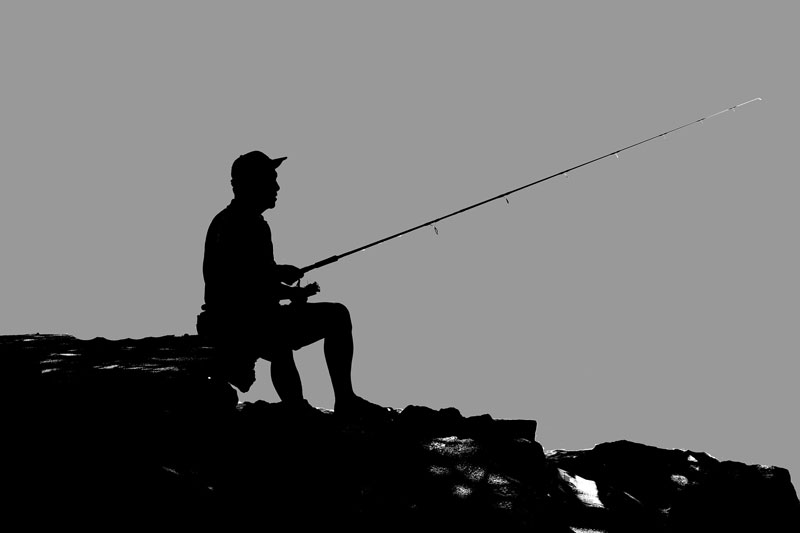
VII. Conclusion
Bait fishing is a fun and effective way to catch a wide variety of fish species. By choosing the right bait, tackle, and rig, and using the right techniques, you can maximize your chances of success. Whether you’re a beginner or an experienced angler, patience and persistence are key when it comes to bait fishing. With a little practice and the right mindset, you can improve your skills and catch more fish on your next fishing trip.
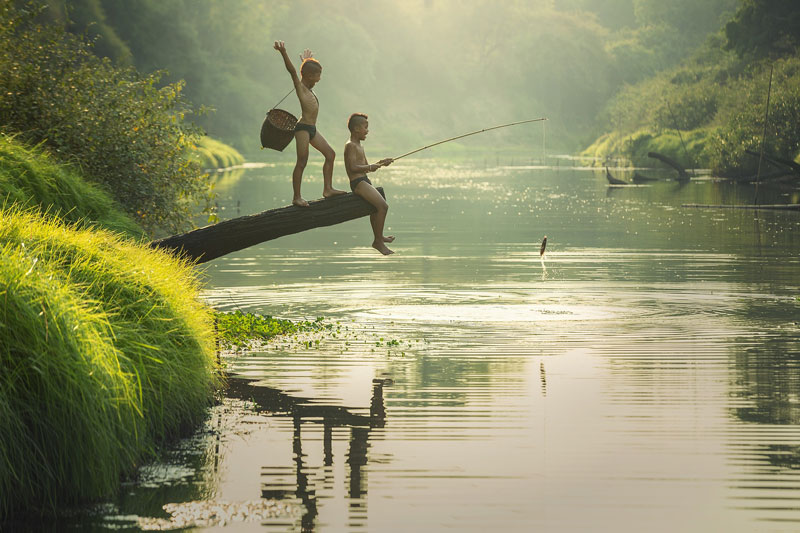
Equipments for Fishing
We may get paid by brands or deals, including promoted items.

